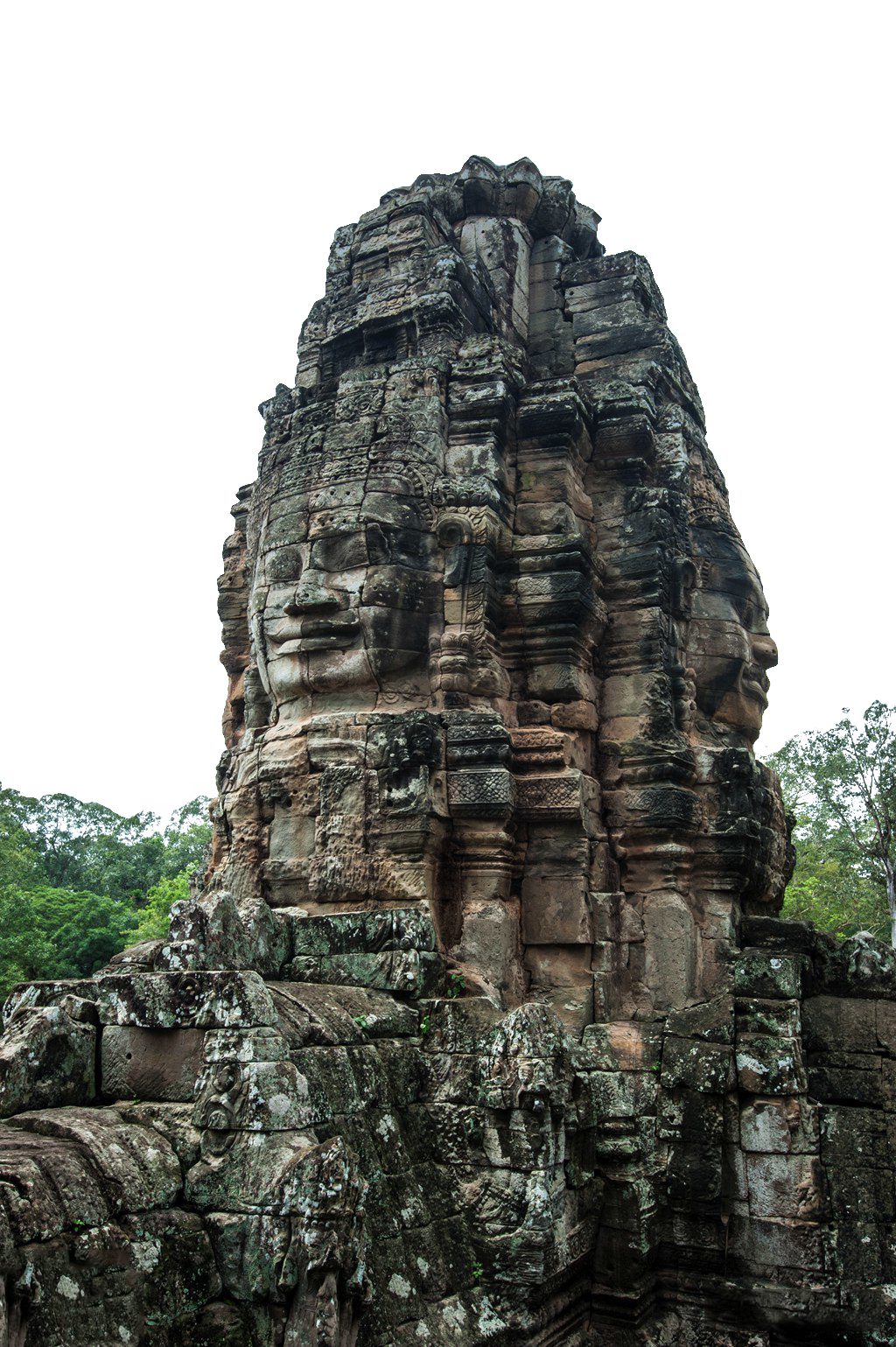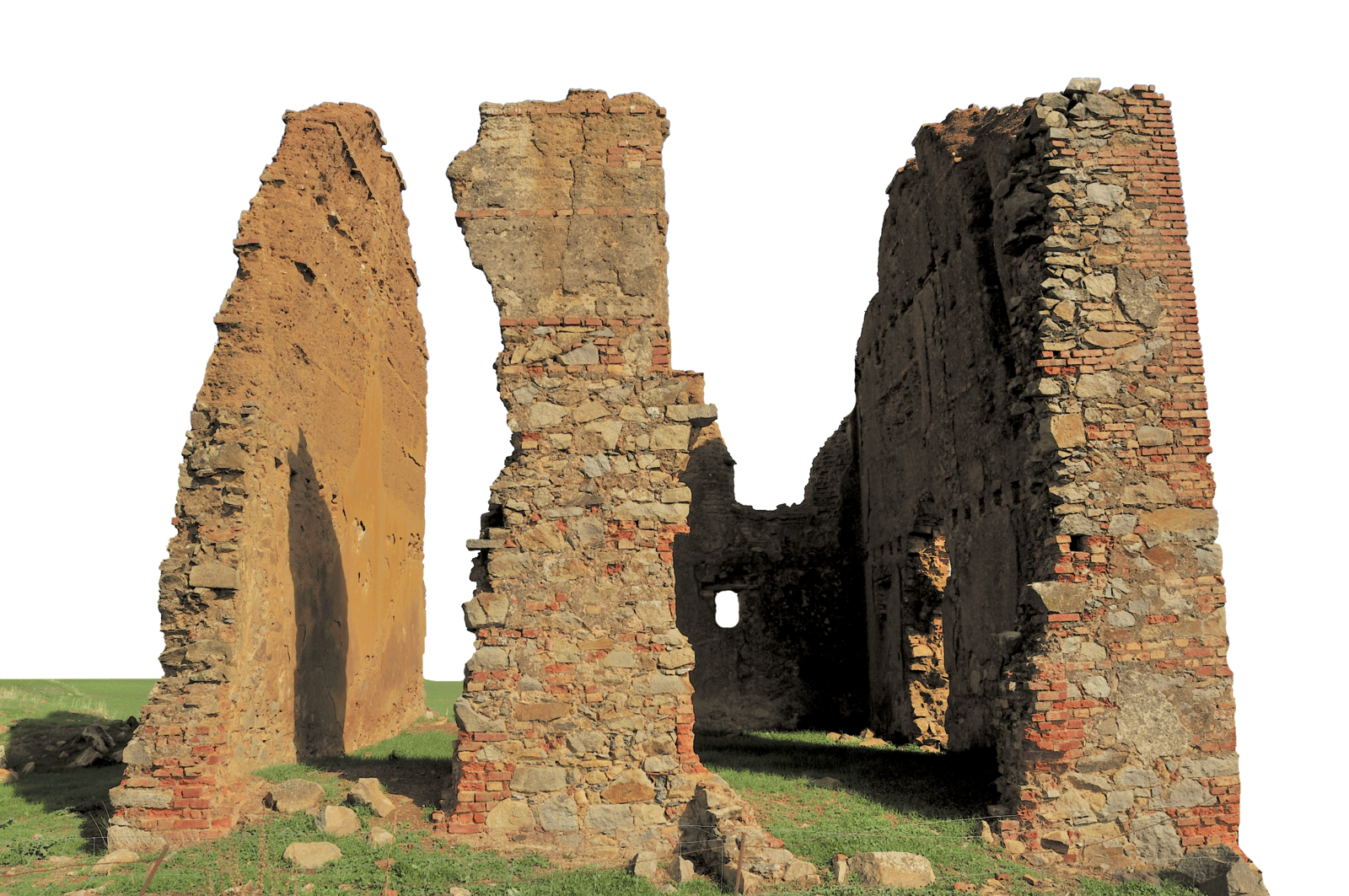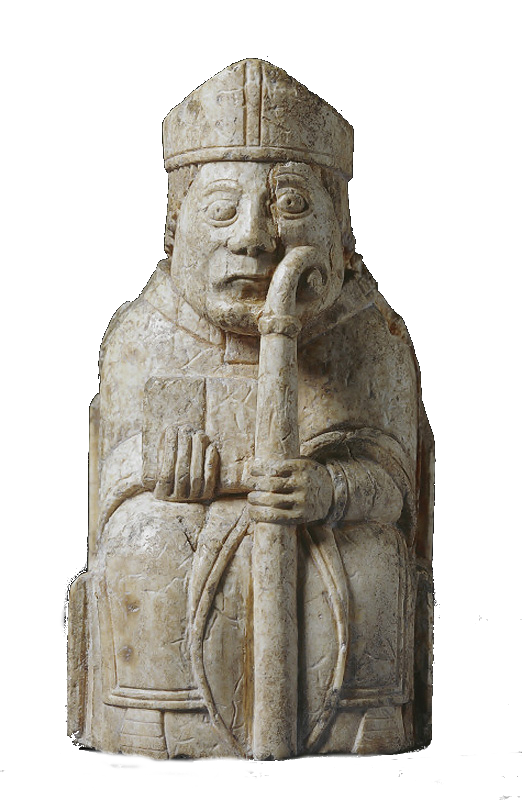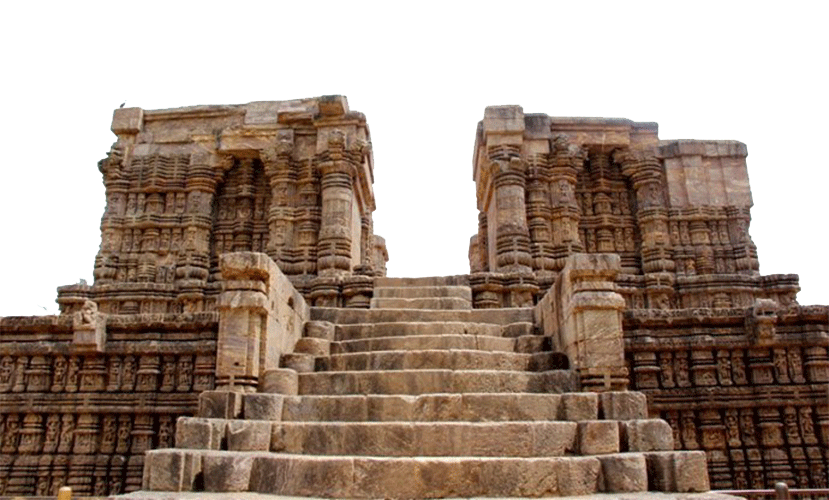Irene Solano Megías, a predoctoral researcher at the Centro Nacional de Investigación sobre la Evolución Humana (CENIEH), has just published the first techno-typological study of the most ancient lithic industry of level VI-B at the Mumba rockshelter in the journal African Archaeological Review. This site lies in the Lake Eyasi region in Tanzania, and the study has enabled better understanding of the activity of human groups in this region.
This is one of the most important sites in northern Tanzania from the period known as the Middle Stone Age (MSA). It was excavated in the 1930s and level VI-B was excavated between 1977 and 1981, but no data had been published until now.
According to the new study, the level VI-B lithic assemblage at Mumba is the result of settlement by groups of Homo sapiens present in the Lake Eyasi region between 109,000 and 131,000 years ago.



